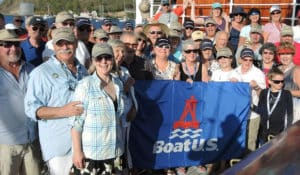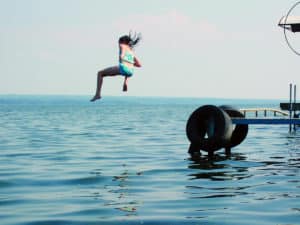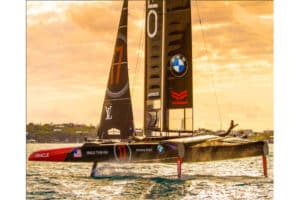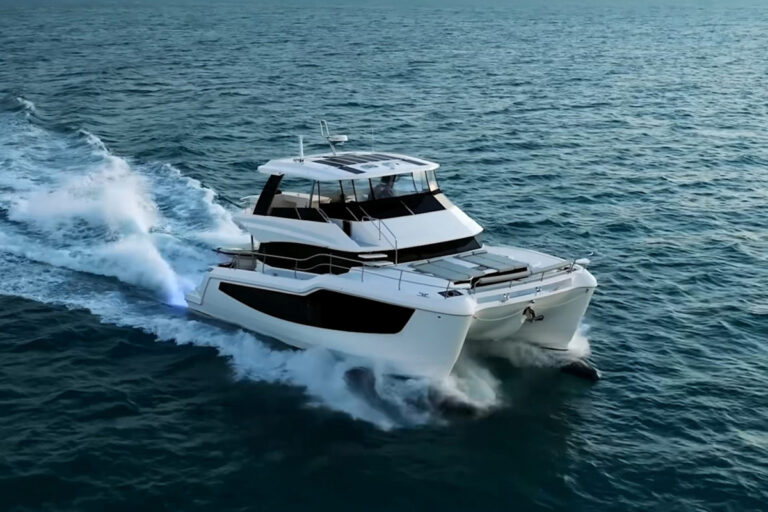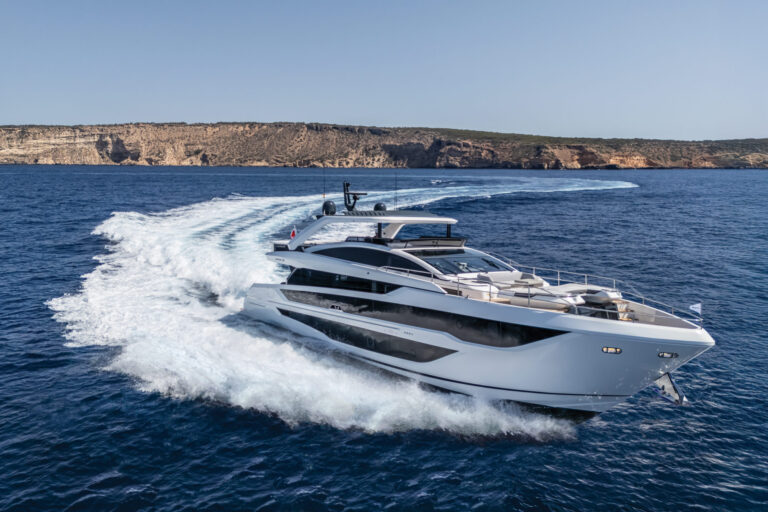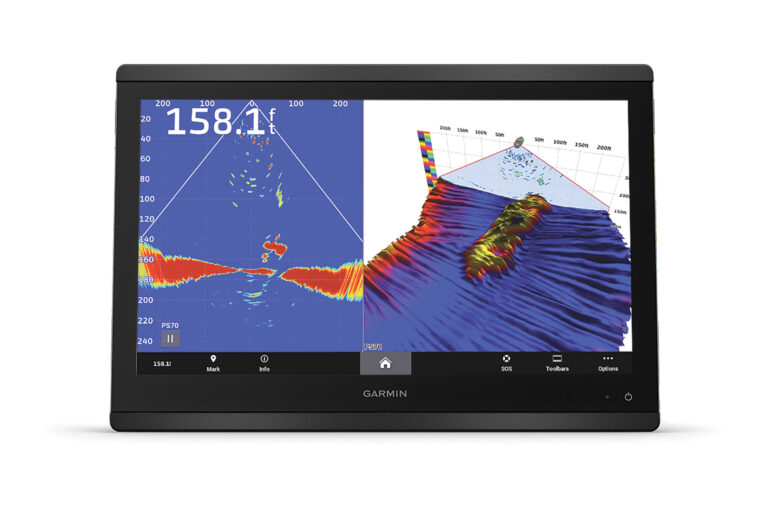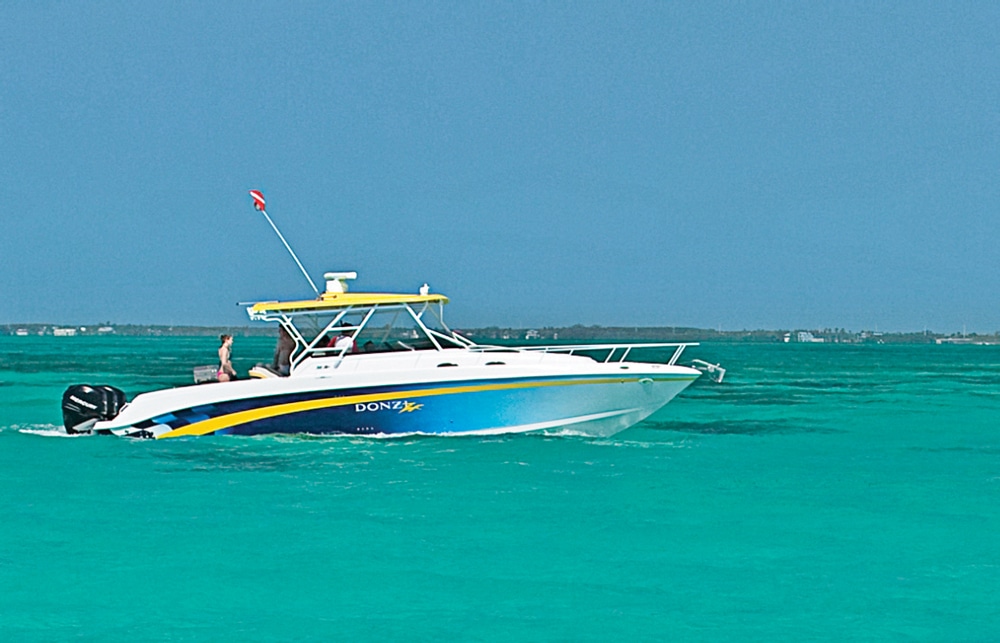
Cruising With Caution
I recently read about an unfortunate accident that occurred off the coast of south Florida. A diver was hit by a 40-foot boat and lost his legs. It was clear from the news accounts that the skipper of the 40-foot boat and the skipper of the dive charter vessel that was responsible for the diver did not see eye to eye in terms of exactly what had transpired. I found the vitriol directed at boaters in the news comment sections and the forums related to this story sad and unproductive. Is there something to be learned?
I began boating in south Florida when I was a young lad in the 1960s. Back then the local sandbar on a summer weekend might draw a few boats, and you might find a few charter fishing vessels and private yachts offshore. There were no PWCs, no kayakers, no kite surfers, and the only diver I remember from the era was Lloyd Bridges in Sea Hunt. Things have changed in the south Florida recreational marine environment, in no small part driven by the area’s burgeoning population, which ranks in the top 10 nationwide in terms of coastal community growth over the past 40 years. In 2000 there were, on average, 296.4 Floridians per square mile in the state.
Though the marine industry has had its ups and downs since the 1960s, the growth of recreational boating in Florida has been impressive, thanks to hordes of baby boomers with bankrolls who call it home. State and industry numbers suggest that there are more than 900,000 registered boats in Florida. This does not include boats documented in the United States or abroad, or visiting or seasonal vessels from out of state. The majority of the larger boats in the state reside in south Florida.
The dive industry has enjoyed similar growth. In the 1960s Jacques Cousteau’s invention, scuba (self-contained underwater breathing apparatus), was becoming widely available to the public. The Professional Association of Dive Instructors (PADI) claims to have certified more than 18 million divers worldwide since it was founded in 1966. While statistics on the sport are debated, Florida is clearly a prime dive destination for both experienced divers and resort divers who may or may not seriously pursue the sport. Add snorkelers to the mix and that’s a lot of folks in the water.
The net result is that there has been a phenomenal increase in recreational activity just offshore of south Florida’s beaches. It is here that fishermen, divers and boaters who are transiting the coast and inlets converge. Given average seas in the area of two to five feet and regular squalls, it can be a very challenging environment in which to see small objects in or on the water. In addition to the regular idiots who boat in these waters, I have encountered boatless divers more than a half-mile offshore and boats flying a dive flag while cruising at speed with no divers in the water.
I believe that the bulk of recreational boaters and divers are intelligent, responsible people. However, even an attentive skipper might not notice a 12-by- 12-inch dive flag bobbing on a float at sea from 300 feet. Spotting a 20-by-24-inch flag on a dive vessel that is drifting or turning on its anchor in rough, busy seas can be just as challenging. A pal of mine who owned a dive charter business admits that it is often difficult for an experienced dive boat skipper to see a diver who surfaces a few hundred feet from the boat.
In the case of this sad incident, Florida Fish and Wildlife officials determined that the skipper of the 40-foot boat violated navigational rules related to keeping a lookout, operating at a safe speed and avoiding risk and collision. It seems to me that there is more to the story. Could outdated rules and regulations be at fault? Perhaps we should be searching for solutions instead of villains.
Subscribe to the Yachting Life newsletter for cruising and chartering guides, new boat announcements, event updates, special offers and more!

